Text
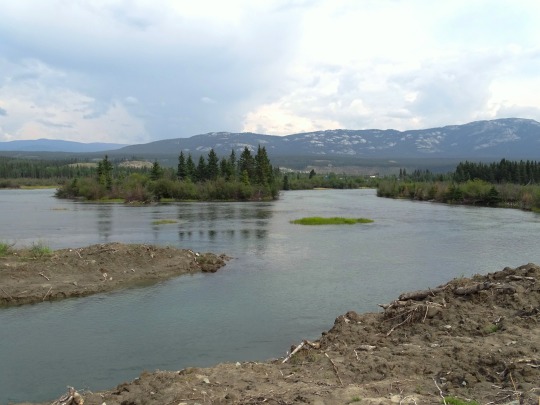
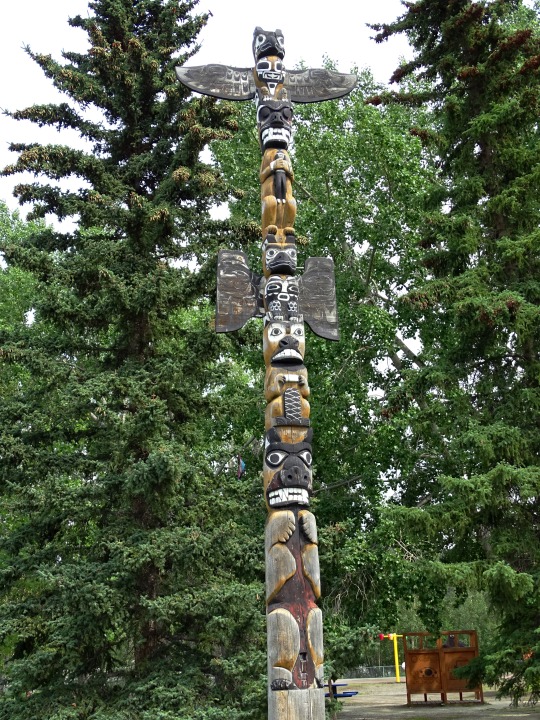

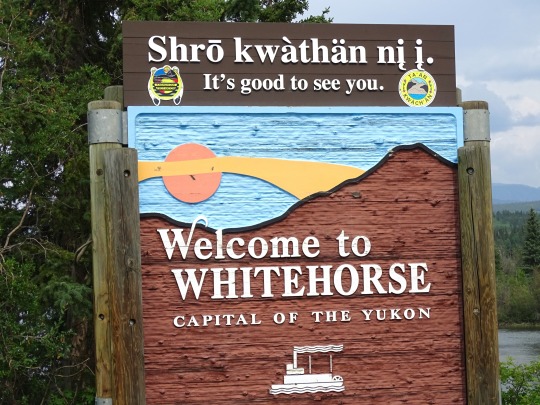




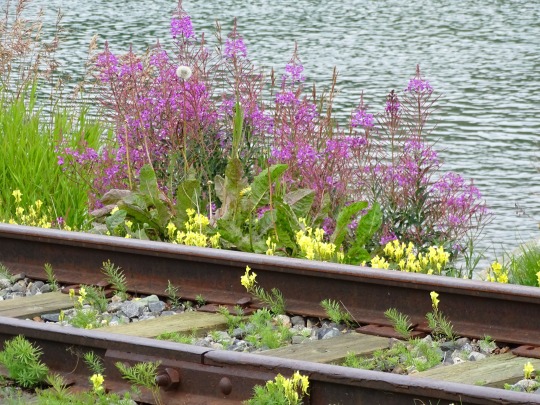

Yukon River, Whitehorse (No. 2)
The name Yukon, or ųųg han, is a contraction of the words in the Gwich'in phrase chųų gąįį han, which means white water river and refers to "the pale colour" of glacial runoff in the Yukon River. The contraction is Ųųg Han, if the /ųų/ remains nasalized, or Yuk Han, if there is no vowel nasalization. In the 1840s, different tribes had different opinions as to the literal meaning of Yukon. In 1843, the Holikachuks had told the Russian-American Company that their name for the river was Yukkhana and that this name meant big river. However, Yukkhana does not literally correspond to a Holikachuk phrase that means big river. Then, two years later, the Gwich'ins told the Hudson's Bay Company that their name for the river was Yukon and that the name meant white water river. White water river in fact corresponds to Gwich'in words that can be shortened to form Yukon. Because the Holikachuks had been trading regularly with both the Gwich’ins and the Yup'iks, the Holikachuks were in a position to borrow the Gwich'in contraction and to conflate its meaning with the meaning of Kuig-pak [River-big], which is the Yup'ik name for the same river. For that reason, the documentary evidence suggests that the Holikachuks had borrowed the contraction Ųųg Han [White Water River] from Gwich'in, and erroneously assumed that this contraction had the same literal meaning as the corresponding Yup'ik name��Kuig-pak [River-big].
The Lewes River is the former name of the upper course of the Yukon, from Marsh Lake to the confluence of the Pelly River at Fort Selkirk.
Source: Wikipedia
#Friendship Totem Pole by Stan Peters#Whitehorse#Yukon#travel#original photography#vacation#tourist attraction#landmark#cityscape#landscape#Yukon River#summer 2023#woods#forest#flora#nature#mountains#engineering#the North#fireweed#widlflower#river bank#lake shore#Canada#architecture#Finding Peace Monument by Halain De Repentigny#First Nations#public art#sculpture#Whitehorse Waterfront Trolley
15 notes
·
View notes
Text

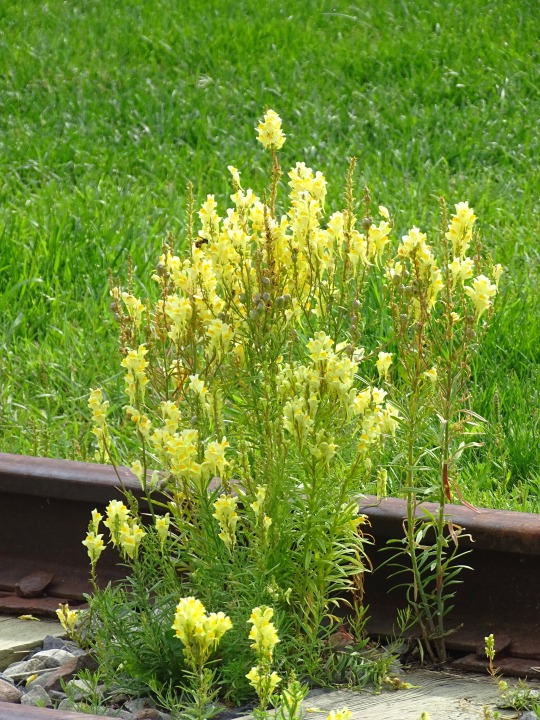


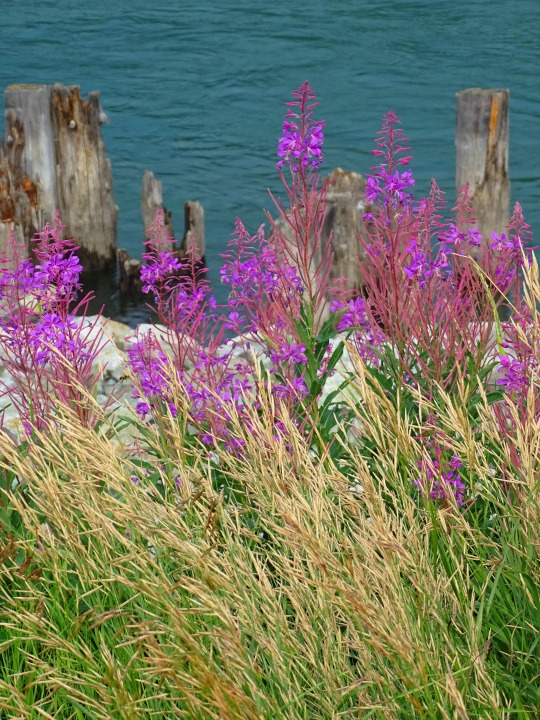

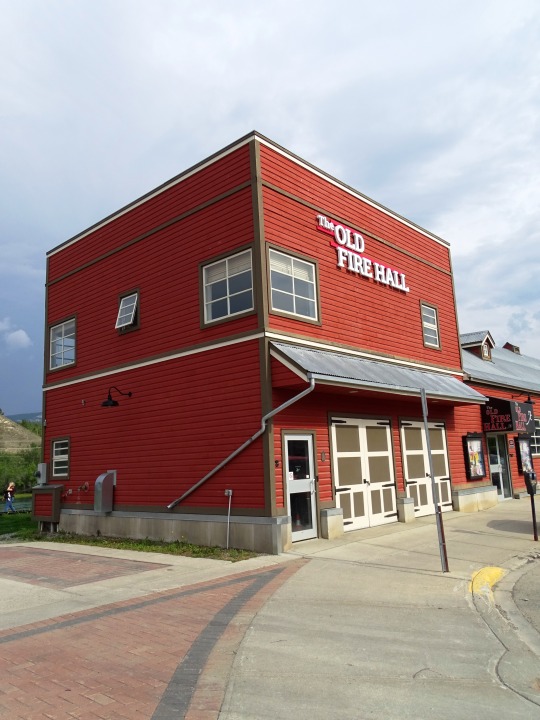

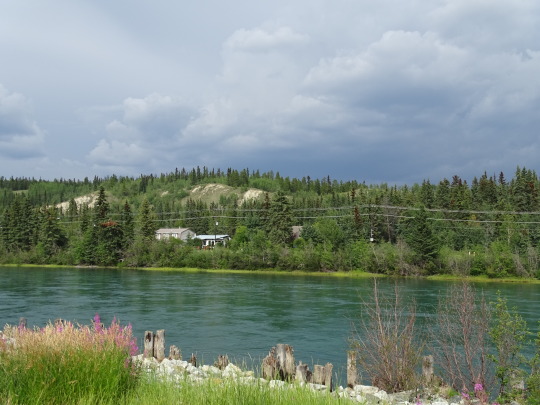
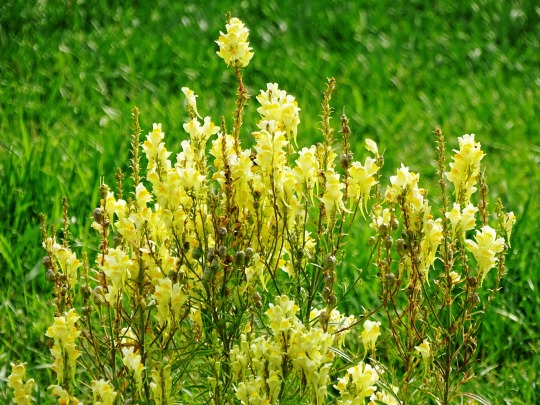
Whitehorse, YT (No. 6)
Whitehorse is located at kilometre 1,425 (Historic Mile 918) of the Alaska Highway and is framed by three nearby mountains: Grey Mountain to the east, Mount Sumanik to the northwest and Golden Horn Mountain to the south. The rapids which were the namesake of the city have disappeared under Miles Canyon and Schwatka Lake, formed by the construction of a hydroelectricity dam in 1958. Whitehorse is currently the 64th largest city in Canada by area. The city limits present a near rectangular shape orientated in a NW-SE direction.
Whitehorse Bylaw 426 (1975) restricts the operation of motor vehicles to designated roadways in certain "Protected Areas" to ensure maximum conservation of the environmental quality. Most are near the downtown core (downtown and Yukon river escarpments, Mt. Mac ski trails, Riverdale, Valleyview, Hillcrest, Granger, Porter Creek, and Mountainview) and one, Pineridge, is south of downtown.
In 1999, the city approved the Area Development Scheme (ADS) which reallocated the area previously known as "Whitehorse Copper" to the following uses: Country Residential, Commercial, Service Industrial, and Heavy industrial.
Recent demands for growth have reignited urban planning debates in Whitehorse. In 1970 the Metropolitan Whitehorse development plan included park and greenbelt areas that were to be preserved to ensure high quality of life even within city limits.
Source: Wikipedia
#Yellow toadflax#Whitehorse Waterfront Trolley#White Pass & Yukon Railroad#Old Firehall#Whitehorse#Yukon#the North#travel#original photography#vacation#tourist attraction#landmark#cityscape#architecture#Canada#summer 2023#street scene#downtown#flower#blooming#fireweed#dark clouds#river bank#Yukon River#flora#wildflower
5 notes
·
View notes
Text

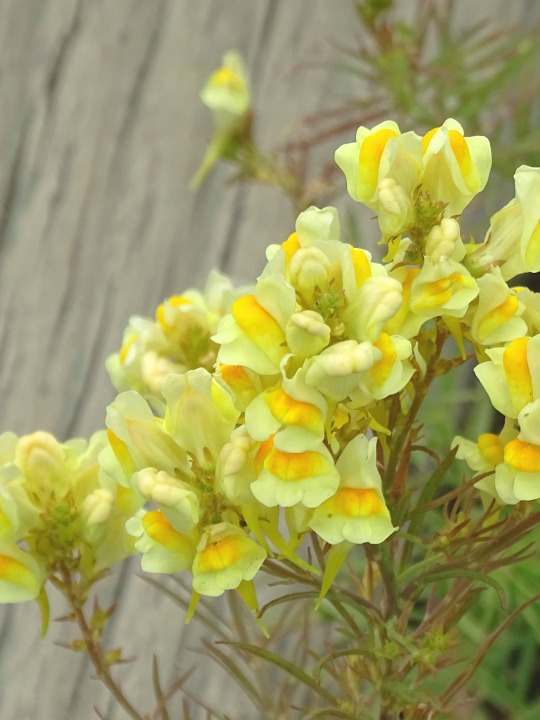





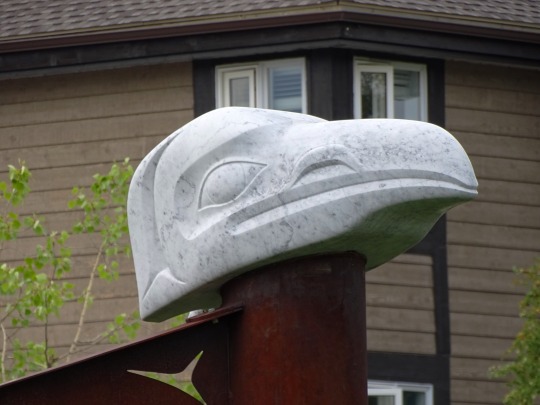

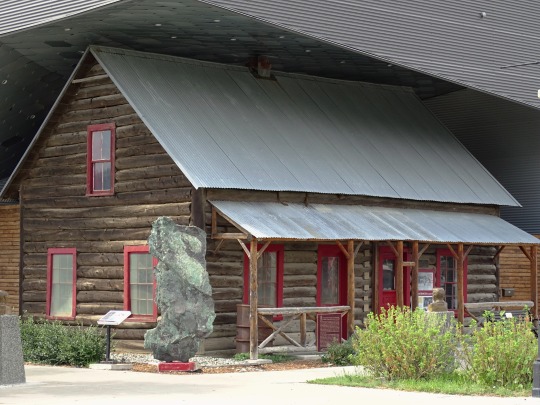
Whitehorse, YT (No. 4)
By 1901, the Whitehorse Star was already reporting on daily freight volumes. Even though traders and prospectors were all calling the city Whitehorse (White Horse), there was an attempt by the railway people to change the name to Closeleigh (British Close brothers provided funding for the railway), this was refused by William Ogilvie, the territory's Commissioner.
On May 23, 1905, a small fire in the barber shop of the Windsor Hotel got out of control when the fire engine ran out of water, spreading throughout the city and causing $300,000 (equivalent to $9 million in 2021) in damage, though there were no deaths. Robert Service was working as a bank teller at the time and participated in suppressing the flame. The White Horse Restaurant and Inn was among the buildings destroyed, after its co-founder Frederick Trump, the grandfather of Donald Trump, had sold his shares and left the city.
Source: Wikipedia
#Whitehorse#Yukon#the North#travel#original photography#vacation#tourist attraction#landmark#cityscape#architecture#public art#sculpture#Canada#summer 2023#street scene#downtown#Yellow toadflax#flower#blooming#Whitehorse Waterfront Trolley#Building on the Past Looking to the Future by Ken Anderson#pine cone#Firefighter by Susan Velder#Healing Totem#MacBride Museum of Yukon History#Government Telegraph Office#log cabin#First Nations
0 notes
Text

Contrast
What do you think about my pic?
#Whitehorse Waterfront Trolley#travel#original photography#vacation#tourist attraction#landmark#cityscape#Yellow toadflax#flora#nature#flower#blooming#technology#abondoned#Whitehorse#Yukon#Canada#summer 2023#photo of the day#What do you think about my pic?#grass#contrast#old#new#rail track#the North
0 notes